Whether you’re looking to buy a working cattle ranch in Nebraska or sell a hunting retreat in Wyoming, understanding what determines a ranch’s value is critical. Unlike residential real estate, ranch land carries unique features that affect its price—many of which require a deeper understanding of land use, income potential, and natural resources.
In this guide, we’ll walk you through the most important factors that influence ranch value, common valuation mistakes, and when to consult a professional.
Why Ranch Valuation Is Different
Traditional real estate valuations rely heavily on comps and structure condition. But ranches are a blend of land, lifestyle, and legacy. Their value often lies in what can’t be seen from the road—like water rights, soil health, wildlife presence, and long-term productivity.
For buyers and sellers alike, knowing how to evaluate these assets is key to a fair transaction.
1. Location and Access
Location impacts every property, but in ranch real estate, it’s especially significant. Proximity to services, major roads, and regional amenities (like airports or livestock markets) can dramatically affect value.
Additionally, year-round access is crucial in states with heavy snowfall or seasonal flooding. A landlocked parcel with no legal easement may be worth far less than a similar parcel with public road frontage.
2. Water Rights and Availability
Water is often the most valuable asset on a ranch—especially in the arid West. Ranches with adjudicated water rights, irrigation infrastructure, or spring-fed creeks tend to carry premium value.
Our Niobrara River Retreat property is a great examples of a property with abundant water rights.
Factors that impact water value:
- Priority date and volume of rights
- Reliability of source (well, surface water, spring)
- Condition of delivery systems (ditches, pivots, wells)
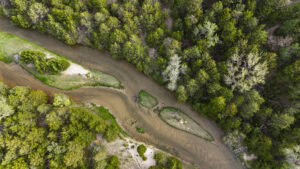
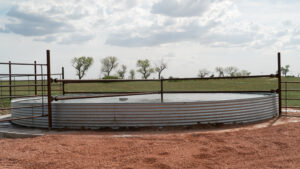
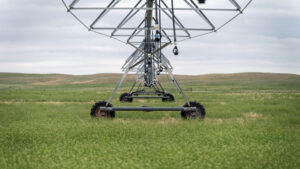
3. Agricultural Income and Carrying Capacity
For working ranches, valuation often ties back to income potential. This includes:
- Carrying capacity: How many AUMs (animal unit months) the land supports
- Lease income from grazing or hay production
- Soil quality and precipitation for crop output
- Operational expenses and ROI
The higher the productive value, the stronger the investment appeal.
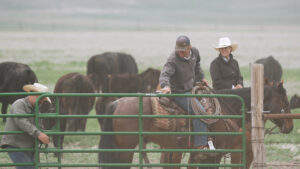
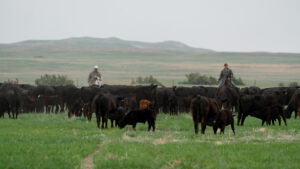

4. Improvements and Infrastructure
Fencing, outbuildings, roads, power access, and home/lodge structures all affect value—but not equally.
Our Rafter MB Arena is a great example of a property with excellent improvements and infrastructure.
For example:
- A well-maintained perimeter fence adds immediate utility.
- Modern corrals or barns can add functionality and value.
- Homes may add comfort, but remote buyers often value the land more than luxury.
Tip: Improvements should match the expectations of your target buyer. Recreational buyers might value a cozy lodge, while working ranchers prioritize hay storage.
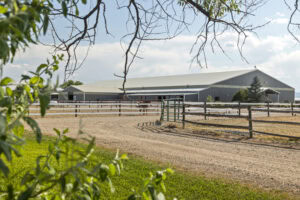
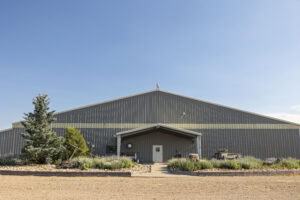
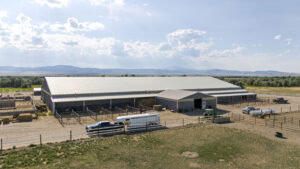
5. Recreational and Wildlife Value
For many ranch buyers, especially in the Rocky Mountain West, hunting, fishing, and wildlife access are primary motivators. Value can be added by:
- Trophy game presence (elk, mule deer, upland birds)
- Developed food plots or blinds
- Stocked fishing ponds or river frontage
- Conservation easement opportunities
Recreational value is often harder to quantify, but expert brokers know how to tell that story to the right buyer.


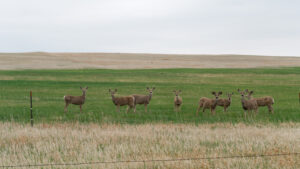
6. Conservation, Zoning, and Easements
Don’t overlook the legal and regulatory layers that may affect value:
- Conservation easements can limit future use but appeal to legacy-minded buyers
- Zoning may restrict subdivisions or alternative land use
- Government programs (CRP, EQIP, etc.) may provide income or land management support
Buyers and sellers should understand how these programs affect both short- and long-term value.
Common Ranch Valuation Mistakes
- Overvaluing improvements: A luxury home on unimproved land doesn’t always return full value.
- Ignoring water rights: Many sellers don’t realize how critical water documentation is.
- Assuming comps apply: Ranch sales are highly individualized—no two properties are exactly alike.
- Not factoring in operational costs: ROI matters, especially for income-producing properties.
When to Bring in a Professional
Valuing a ranch takes more than a Zestimate or surface-level comp sheet. A knowledgeable land broker can help you value your ranch by:
- Assessing all assets (ag, rec, water, improvements)
- Help uncover hidden value (e.g., hunting leases, tax advantages)
- Providing market-based pricing strategies
- Connecting with appraisers and land-use consultants if needed
If you’re preparing to buy or sell, consulting a broker early in the process ensures you’re not leaving money—or opportunity—on the table.
Ready to Discover What Your Ranch Is Worth?
At #1 Properties Ranch & Recreation, we specialize in helping buyers and sellers navigate the complex world of ranch real estate across Wyoming, Nebraska, and the Rocky Mountain West. Whether you’re assessing investment potential or preparing your land for sale, we’ll walk you through every step of the process.
